UTSW lung clinic helps former COVID-19 patients breathe easier
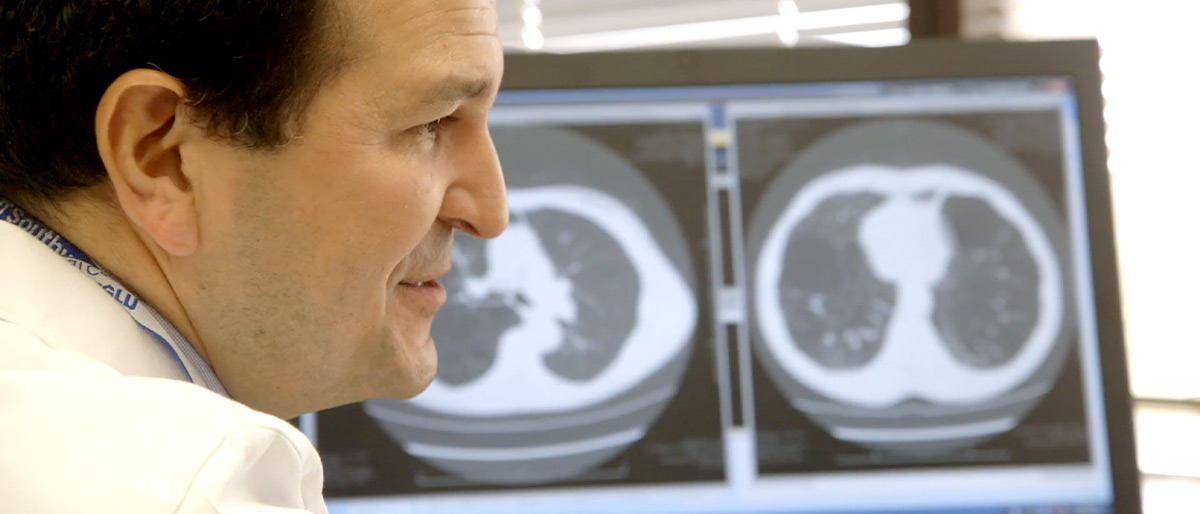
After spending nine weeks hospitalized for COVID-19 in a Richardson hospital, Diane Brouwer returned to her Plano home with an oxygen tank in tow.
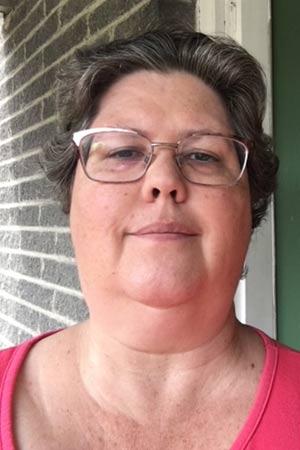
“I had a lot of lung issues,” said the mother of five, who was diagnosed with COVID-19 in January and suffered a collapsed lung. “Just walking across the room, I needed oxygen and had it on everywhere I went.”
But thanks to the Post-COVID-19 Lung Clinic at UT Southwestern, Mrs. Brouwer, 54, got the help she needed to breathe on her own and is no longer tethered to supplemented oxygen.
“I truly feel very blessed,” she said. “It’s very exciting to breathe.”
Since the clinic opened in March, about 100 patients have been treated who range in age from 18 to 80s. Although all of these patients recovered from COVID-19, they were still unable to breathe on their own, said Fernando Torres, M.D., Medical Director of Lung Transplantation, Head of the Pulmonary Hypertension Program, and Professor of Internal Medicine.
“Patients who come to see me are on oxygen,” Dr. Torres said. “The goal of the clinic is to get them off of oxygen and prevent them from needing a lung transplant.”
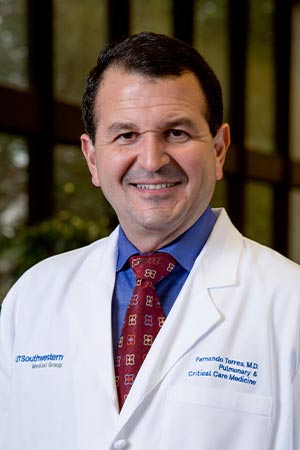
To be treated in the clinic, patients must be 30 days post-COVID-19 and experiencing symptoms such as significant shortness of breath, an elevated heart rate, and inflammation in the lungs. These symptoms result from COVID-19 attacking the lungs, damaging tissue, and causing blood clots.
At the clinic, immune suppressant medications are often used to heal lung damage and restore breathing.
“We noticed a lung-injury pattern that is similar to what we see in immune disorders like lupus,” Dr. Torres said. “An immune suppressant medication has been fairly successful at getting these patients off of oxygen.”
When such medications fail, however, the next step is to put the patient on the waiting list for a lung transplant, Dr. Torres said.
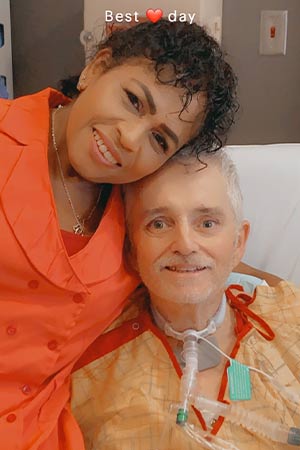
One of those patients was Dempsey Cluff, a 60-year-old retired Dallas Area Rapid Transit supervisor who endured a yearlong struggle with COVID-19 that included hospitalization for post-COVID-19 complications at a Dallas area hospital. He lost 100 pounds and could not breathe on his own. Mr. Cluff was at a rehabilitation facility in Houston when his sister heard about UT Southwestern’s transplant program. Staff at the rehab facility got in touch with UTSW and worked on getting him stronger for a potential transplant. Mr. Cluff was placed on the transplant list at UT Southwestern, and when his condition worsened, he was flown to Dallas for the transplant.
More than once over his 15-month medical ordeal, Mr. Cluff’s family had been told to prepare for the worst.
“The doctors said he had so much trauma, he would have never been able to get off the ventilator,” said Kim Puckett, Mr. Cluff’s sister.
In June, he became the first COVID-19 patient to undergo a double-lung transplant at UT Southwestern.
“According to my doctors, the match was perfect,” Mr. Cluff said. “It could not have been any better.”
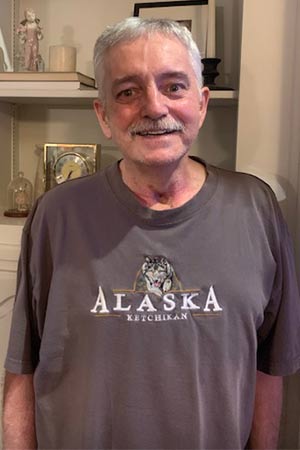
About a month later, he returned home to Dallas, where he continues to recover and receive treatment at UT Southwestern. “It is so good to be in my own home,” he said. “I really never thought it would happen.”
For Mrs. Brouwer, the clinic gave her the confidence she needed to rely on her lungs again instead of depending on supplemented oxygen.
“I realized I did not have to be scared anymore,” she said.

